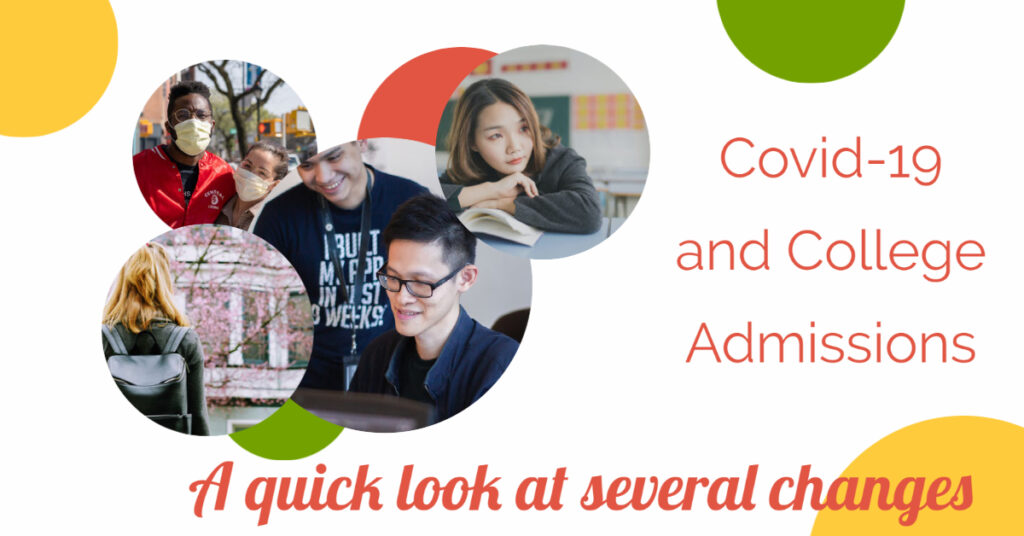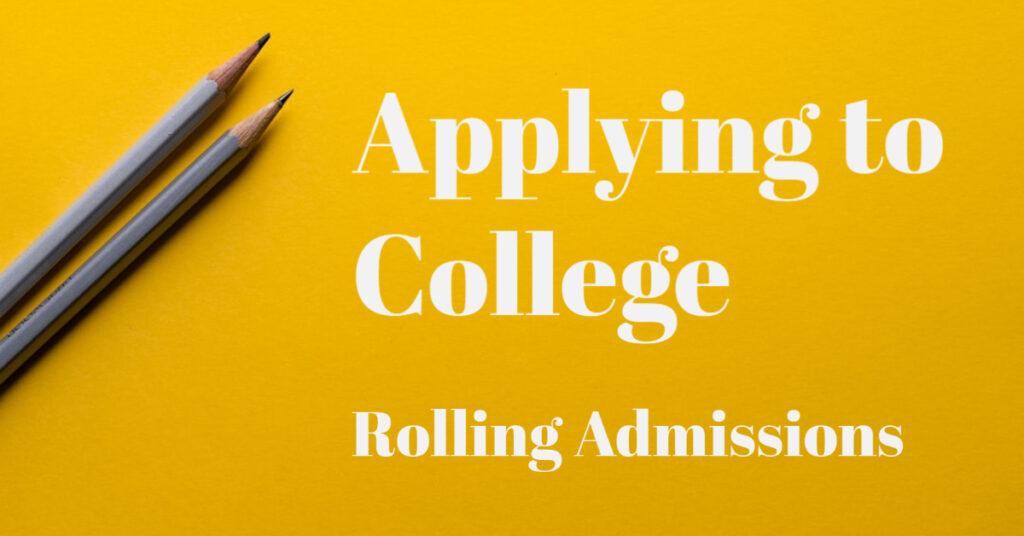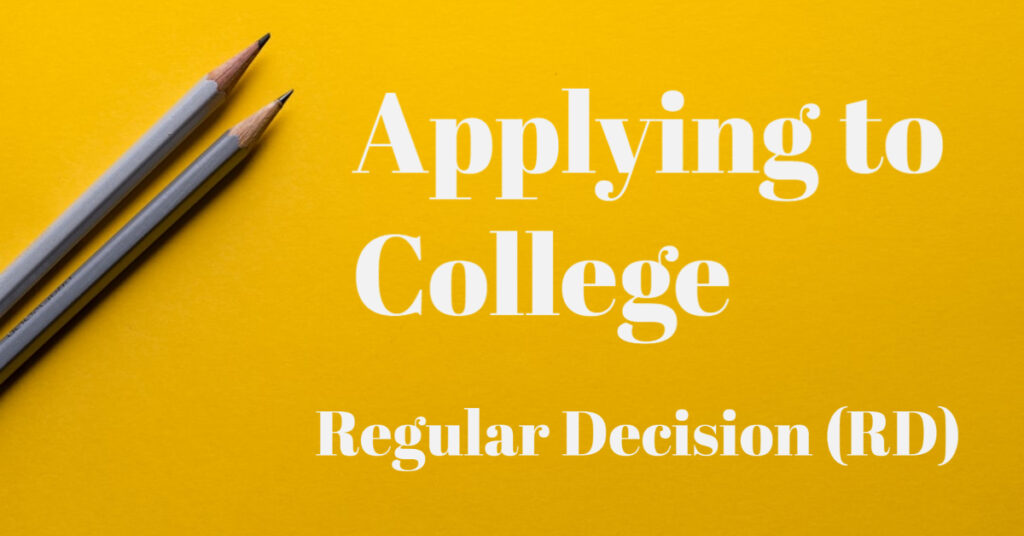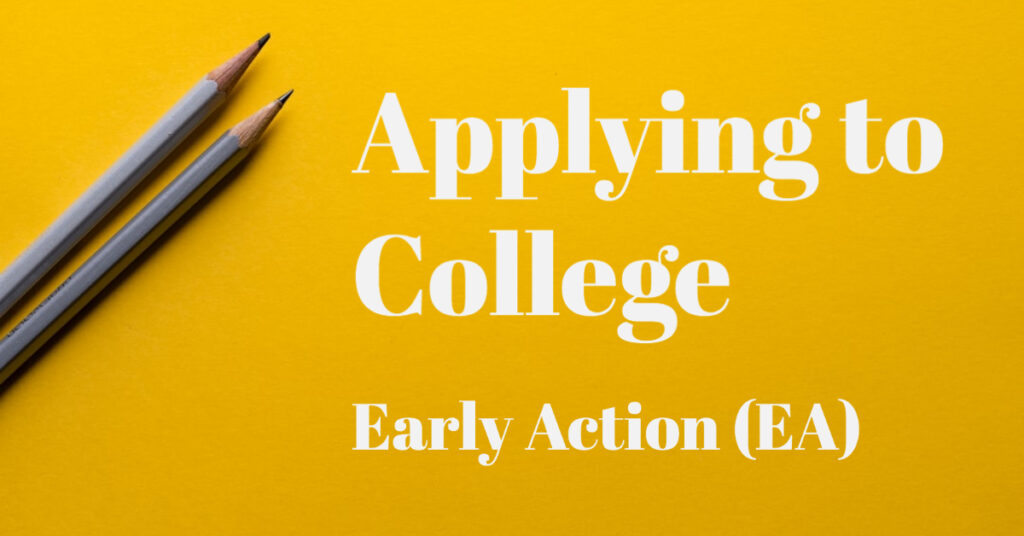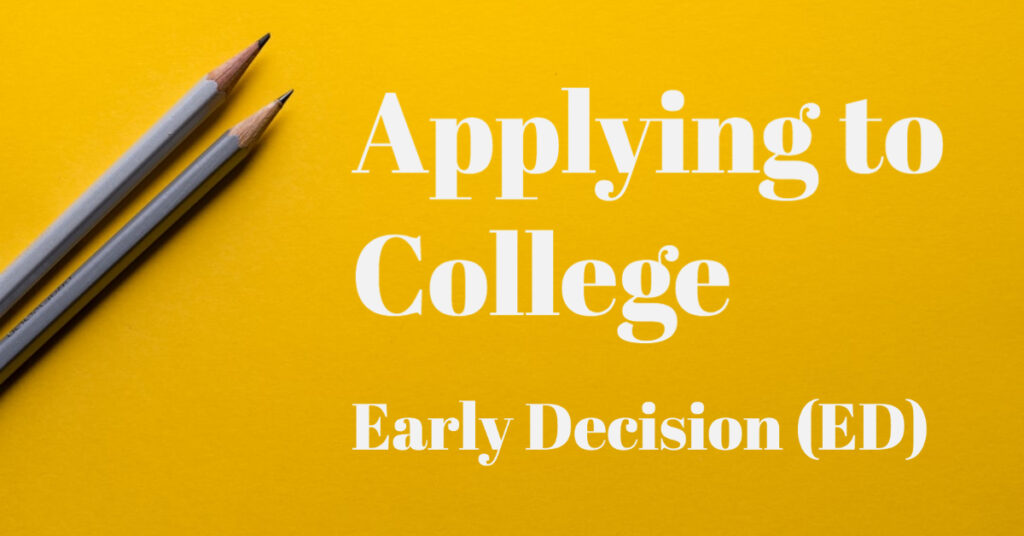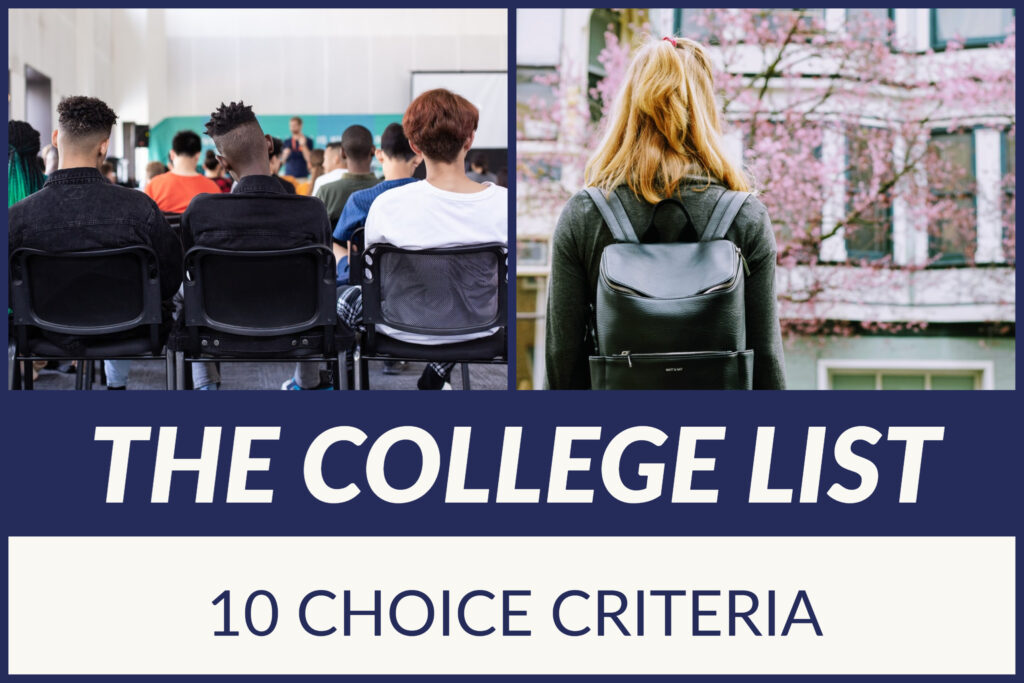
The Common Application has added an additional, special college essay prompt where students can share their COVID experiences if they feel the pandemic has slammed their world in under 250 words.
The Coalition Application (an alternative to The Common Application) has offered a similar COVID-19 prompt. To me, this implies colleges want students to save their main essay topic for anything but Covid.
Even though this new short COVID prompt is optional, essays experts encourage students to address it, since most students have been impacted by COVID. This is an additional opportunity in the application to share something about themselves.
Since it’s so short, The College Solution blog advises students to be direct in their answer. To give it focus and interest, try to think of one or two qualities or values used or developed in adapting to the new pandemic reality and related challenges. And brainstorm specific examples you can use to illustrate them. Then share a specific challenge faced due to COVID, and explain how the problem was managed or handled, and end with the lesson learned (related to a personal quality, characteristic or value).
A simple outline would look like this:
- Share an example of a problem you faced related to COVID
- Explain how it affected you
- Describe how you dealt with it
- Reflect on what you learned from handling it (about yourself, others and the world)
The main college essay
Since this topic is offered as supplemental prompt, many experts don’t think it would serve students to use COVID-19 as the topic of the main essay. COVID-19 is a problem shared by all of us, including all other students writing these essays. It’s simply too common.
When a topic is common or overdone, it is more difficult to make it interesting.
One of the main goals of these college application essays is to help differentiate students from the competition–other students. If your topic is one that many others will be writing about, you are already fading into the crowd.
If, however, your COVID experience has impacted you in a way that is far different than how it has affected almost all other people, this might be the only exception. It would need to be something extreme, or highly unexpected, or unusual. Even better, somehow bizarre, or shocking. (Remember, it probably feels as though it has hit you harder than others, but chances are your experience isn’t as radical as it feels. That’s just the nature of this nightmare–everyone feels as though their life has been turned upside down on some level.)
Tragically, those students hardest hit by this pandemic, with parents and loved ones losing jobs, losing homes or getting evicted, or even worse, falling ill, simply aren’t that unusual.
It’s also important to note the idea that finding the positive in your COVID-19 experience, or that you are actually enjoying this time, would not be enough of a “spin” to justify COVID as a topic.
Admissions officials are trying to discourage students from using this as their main college app essay (aka personal statement) topic as well.
Why college essays are more important during COVID-19
College essays should be more important during the 2021-2022 college admission season than in any other admission cycle in modern times.
Why would the college essay be so critical for this admission cycle?
It’s because most colleges – including the vast majority of the most elite and prestigious institutions – have gone test-optional due to the pandemic. Without standardized test scores, colleges will need to rely more heavily on the remaining admission factors. And the college essay is one of the bigger ones.

